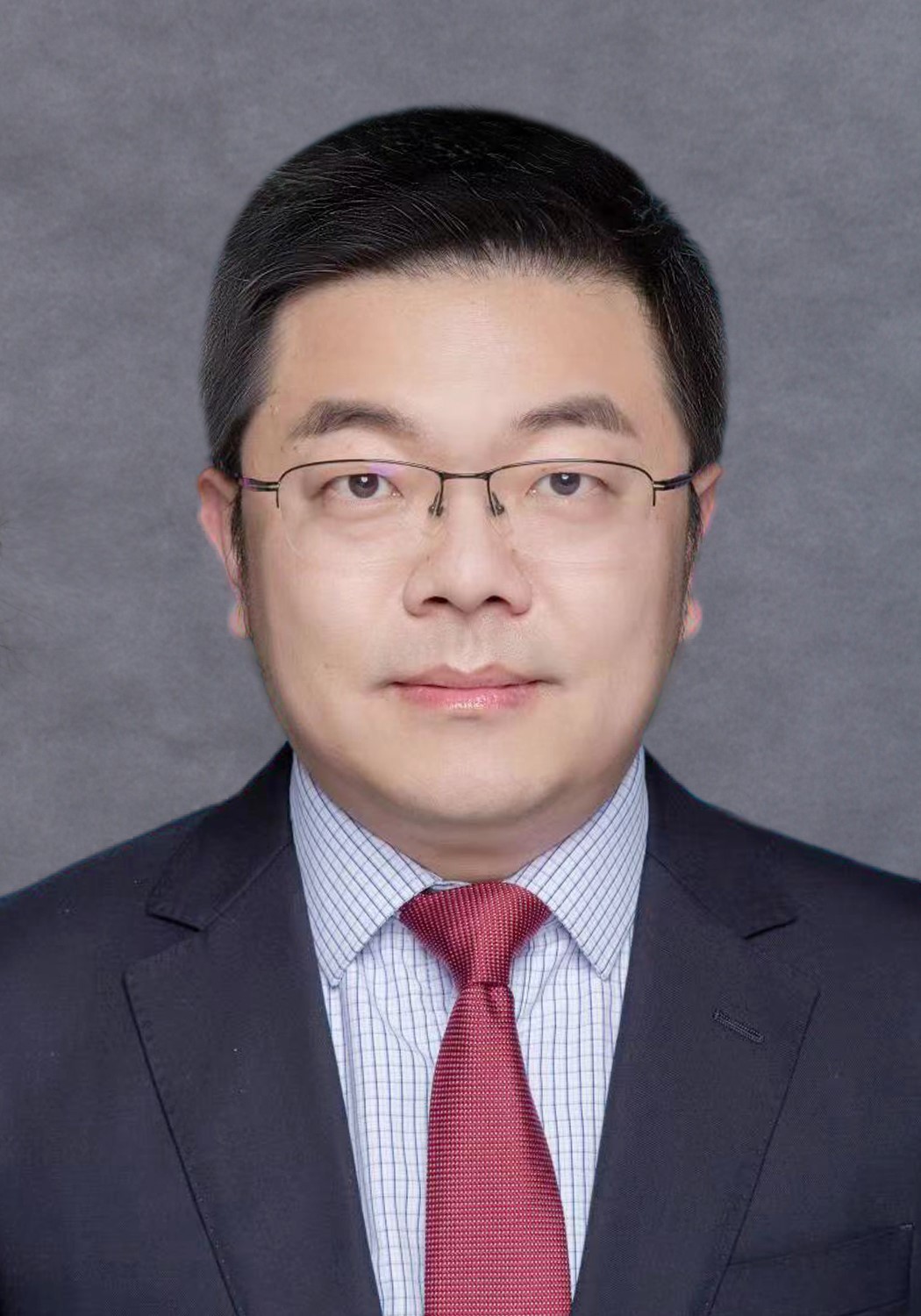
Dr. Zhong’s research interest is focused on the mechanisms and targeted therapy of infection-related inflammation, autoimmunity, and tumorigenesis and metastasis. His group has characterized several key proteins involved in ubiquitination and deubiquitination-mediated temporal and spatial regulatory mechanisms of antiviral immune signaling and inflammation. In addition, he has demonstrated that these key molecules and mechanisms are involved in autoimmunity and tumorigenesis and that targeting these molecules effectively inhibits the progression of autoimmune diseases and cancers. These findings not only advance the understanding of inflammation and tumorigenesis, but also provide potential therapeutic strategies for the related diseases.

E-mail:erweili@whu.edu.cnBiographyDr. Erwei Li holds the position of professor and serves as the principal investigator at the Taikang Center for Life and Medical Sciences at Wuhan University. Dr. Li has dedicated his career to investigating the regulatory roles of the peripheral nervous system in metabolic homeostasis. His research program employs cutting-edge methodologies including single-cell ...

E-mail:hanleibio2005@gmail.comBiographyM.D., Third Class Professor of Urology, First Class Chief Physician, M.S., Ph.D. Supervisor; Vice President of Wuhan University People's Hospital, concurrently Director of the Department of Urology, Discipline Leader of the Department of Urology, Director of Urology and Nephrology Hospital, Executive Director of the Institute of Medical-Industrial Cross-Fusion ...

Diseases caused by infectious pathogens, particularly with multi-drug resistant properties, have become a major threat to public health around the world, thus new antibiotics with novel structures and mode of actions are urgently needed. Natural products have been a valuable source of therapeutics particularly in the areas of infectious disease. However, discovering novel natural products has become significantly more difficult.

E-mail:hudanliu@whu.edu.cnBiographyEDUCATION:09/2009--01/2015 Beijing Normal University Beijing, China,Ph.D09/2005--06/2009 Sichuan University Chengdu, China,B.S.RESEARCH EXPERIENCE:05/2024—Present Wuhan University, Research Fellow08/2019--03/2023 Dr. Zhao Zhang’s lab, Duke University,Research Associate Sr.01/2019--07/2019 Dr. Zhao Zhang’s lab, Carnegie Institution for Science,Postdoctoral ...

1. Rapid isolation and detection of extracellular vesicles.2. Biogenesis mechanism and biological function of extracellular vesicles.3. Clinical transformation of extracellular vesicles.